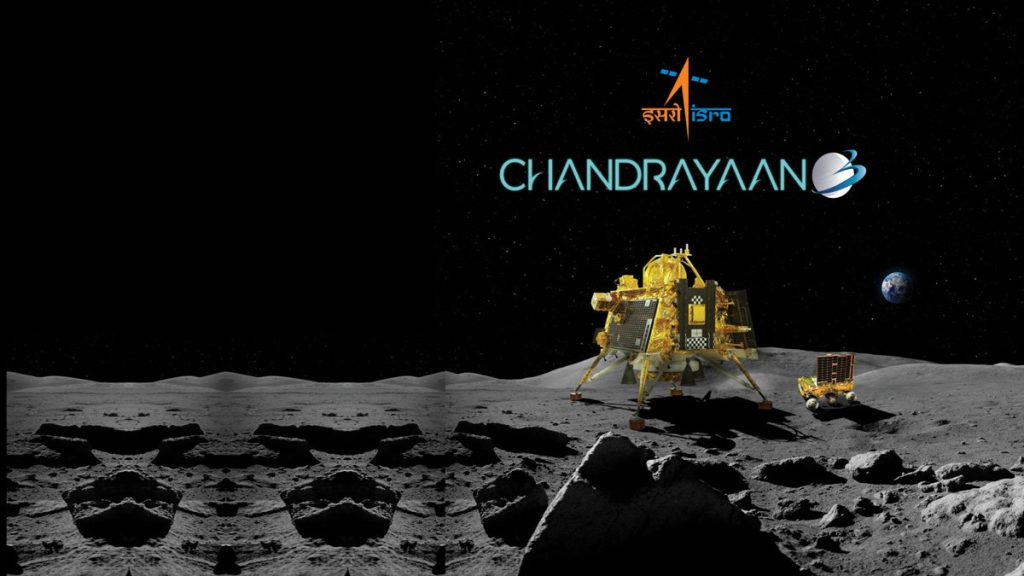India Achieves Historic Moon Landing at Lunar South Pole, Surpassing Other Nations
In a historic achievement that captured the world’s attention, India has become the first country to successfully land a spacecraft at the Moon’s south pole. This milestone is not only a testament to India’s burgeoning space program but also a giant leap for humanity’s exploration of our celestial neighbor.
India has made spaceflight history with the successful landing of the Chandrayaan-3 spacecraft’s Vikram lander on the Moon’s surface. This marks India’s first-ever successful lunar landing and makes it the fourth country, alongside the Soviet Union, US, and China, to achieve this feat. What sets India’s landing apart is that it is the first to occur near the Moon’s south pole, a challenging location due to rough terrain but crucial for the search for water ice. Previous missions from other countries have only landed near the equator.
This achievement comes four years after the crash of Chandrayaan-2’s Vikram lander. To ensure success this time, the Indian Space Research Organization (ISRO) took a “failure-based design” approach. They implemented additional backup systems, a wider landing area, and software updates.
Following the landing, the Vikram lander will remain idle for a period, allowing lunar dust to settle. Once the area is clear, the Pragyaan rover will be deployed to capture photos and gather scientific data. Together, the lander and rover carry five instruments designed to examine the Moon’s atmosphere, surface, and tectonic activity. ISRO strategically timed the landing to coincide with the start of a lunar day, maximizing the availability of solar power for Vikram and Pragyaan.
This monumental achievement fills India with a sense of national pride. The country has long aspired to be a major player in spaceflight and now joins the exclusive group of nations that have reached an extraterrestrial surface. The information gathered near the lunar pole could be vital for future lunar missions not only from India but also from other countries, as any discovered ice could be used as fuel, oxygen, and water.
India’s successful landing also puts it ahead in the race to the Moon, surpassing other nations in advancements. Russia’s Luna-25 spacecraft crashed just days before India’s achievement, while Israel plans a follow-up to its Beresheet lander in 2024. The United Arab Emirates aims to land by 2024, and the US plans to return people to the moon with its Artemis 3 mission in late 2025. Additionally, commercial efforts in lunar exploration are gaining momentum. With this historic landing, India now stands alongside the leaders in renewed interest in Earth’s celestial neighbor.
